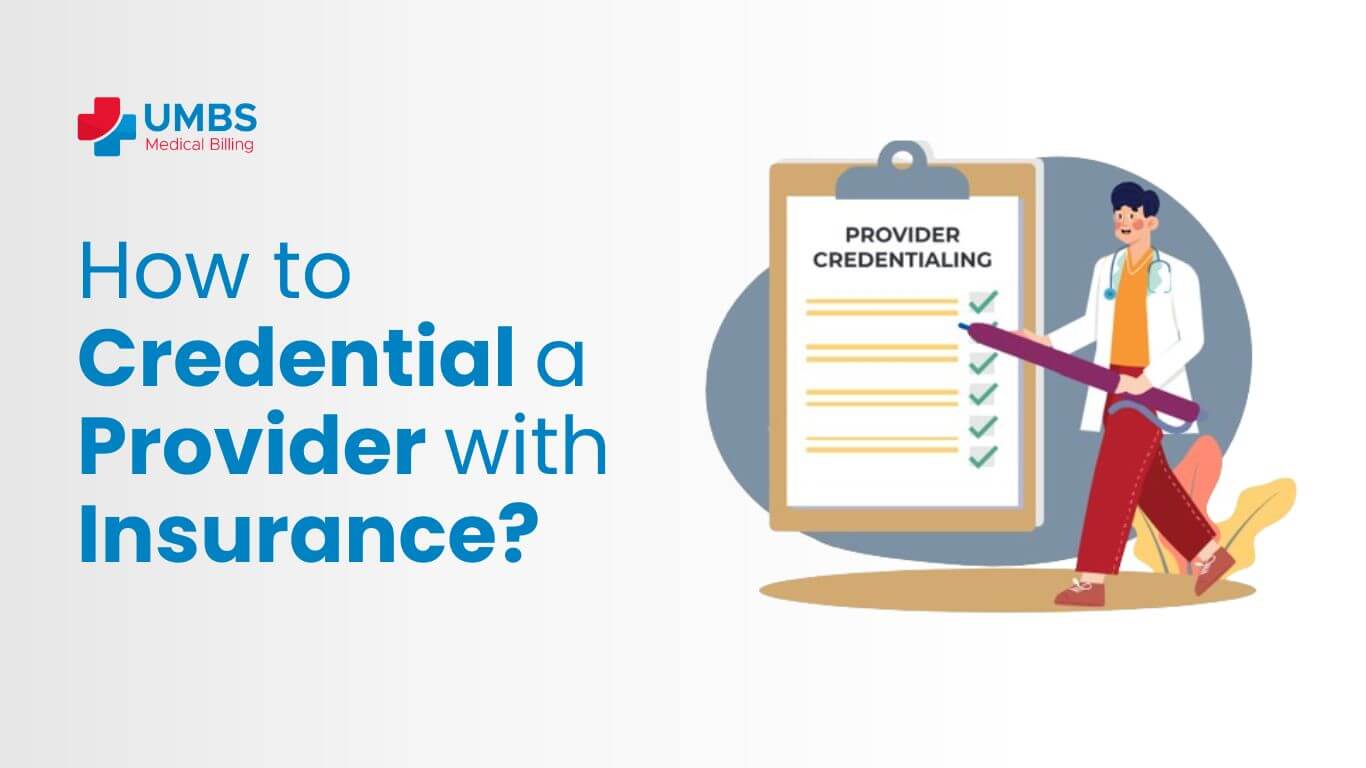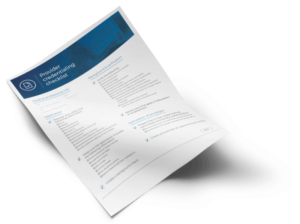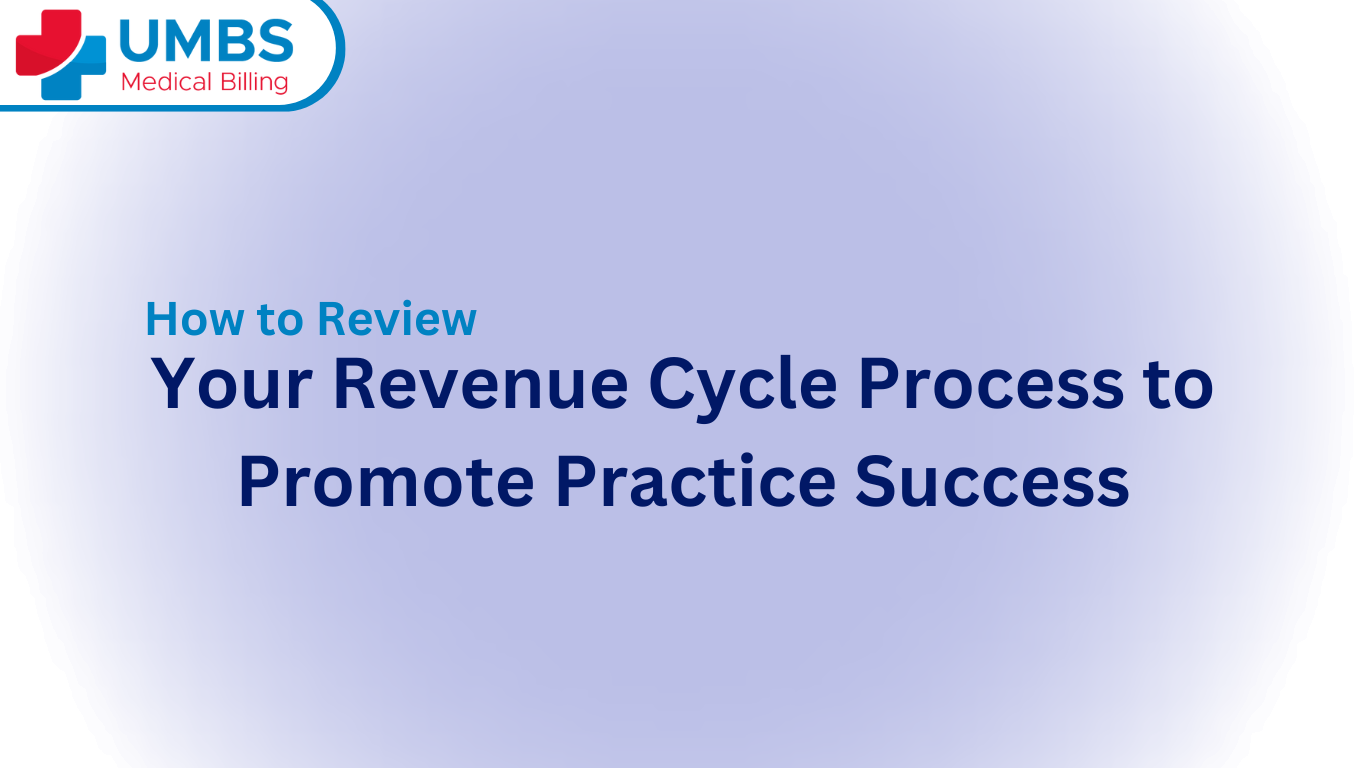Credentialing is the verification of a practitioner’s qualifications to become an in-network provider with insurance companies. It includes their education, training, license, and experience. It is a critical step in the healthcare industry that cannot be ignored. It is a lengthy and detailed process. In this article, you will learn the process of understanding and becoming an in-network provider.
The credentialing process involves ensuring the qualifications and standards of practitioners to include in an insurance company’s network. Healthcare providers are categorized into two types when it comes to credentialing: in-network providers and out-of-network providers. In-network providers have contracts with insurance companies, and they agree to their payment rates. On the other hand, out-of-network providers have no contracts with insurance companies, and they may charge higher rates to patients.
Becoming an in-network provider helps them take advantage of the insurance company’s customer base and referral network. The process includes contacting the providers’ services network department to submit the application and required documents. It requires a complete CAQH profile of the provider with all necessary information including license, insurance, and board certifications. The credentialing process is challenging and time-consuming.
A Comprehensive Guide to Getting Credentialed:
Getting credentialed with an insurance provider is time-consuming and tedious work that requires attention to detail and patience. Below are a few steps to get credentialed with insurance companies.
Contact the Network Provider Company:
The first step is to obtain a credentialing application from the network provider services department. Then, provide your CAQH ID, as this is required for your application. Make sure CAQH has a valid W9 and a malpractice certificate attached to it.
Complete your application and Documentation:
The next step is to complete the application, mentioning all your practice service locations, attaching copies of all required documents, and signing and dating your application. Make sure that you have completed all the required information in your application and have attached all the required documents, such as licenses, board certifications, and educational documents. Healthcare providers will need to provide a CAQH ID, an NPI, and a practice EIN to start the process.
Submitting the application:
After submitting the credentialing application, providers should contact the insurance company to confirm receiving the application. The insurance company reviews the credentials and makes sure they are according to their standards and requirements.
Reference Number:
Once the form is submitted, get the reference number from the payer to follow up.
Follow up:
Healthcare providers need to follow up on their applications to get the status. If the practitioner gets approval, he/she will receive a notification confirming their status as an in-network provider.
Stay active and keep following up with the insurance company. Be patient, as it may take months to get credentialed. You should call the payer frequently and ensure that your application is progressing towards the goal.
Fee Schedule:
We draft the agreement within 90 days and then send it to the contracting department. They will build your fee schedule in about 45 days. However, the fee schedule may not be included, so be sure to ask them about it and provide the payer with your top 20 codes yourself.
Review:
After the contract is approved, it is sent to you via email. Make sure to review the fee schedule.
Strategies for Improving the Credentialing Process
UMBS, through coordination and teamwork, offers a comprehensive range of services, including:
- Initial certification
- Revalidating primary source verification
- Background checks
- Consultation on appropriate policies and procedures
- Services for medical licensure
- Submissions for hospital and facility credentialing
- Enrollment for provider relocation
- Assistance following mergers and acquisitions
Contract Execution:
Contract execution takes another 30 days for them to load in their system. After that, you will get a letter of participation and provider ID.
Patients prioritize in-network providers, leading to more appointments and increased income. Additionally, in-network care keeps costs down for patients, ultimately enhancing their satisfaction. It also provides financial stability to providers.
United Medical Billing Services offers comprehensive services to healthcare providers, enabling them to focus on delivering quality care to patients. We offer a complete medical credentialing solution to healthcare providers. Whether you are a solo practitioner, running a clinic or hospital, our medical billing and credentialing services will help you receive more collections for the services you provide.







